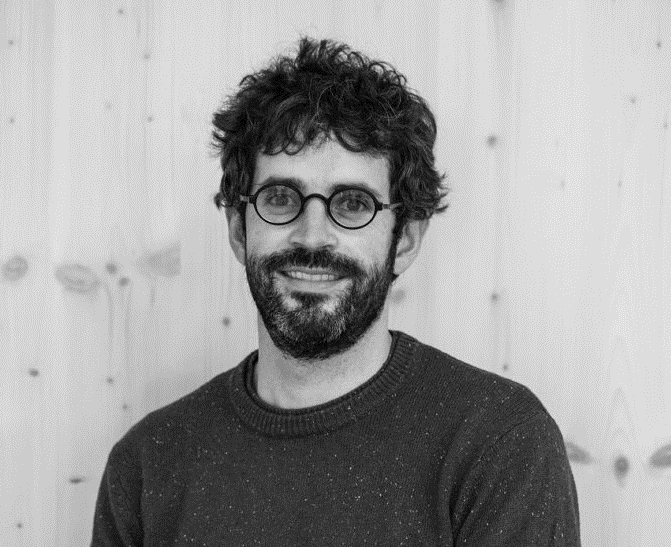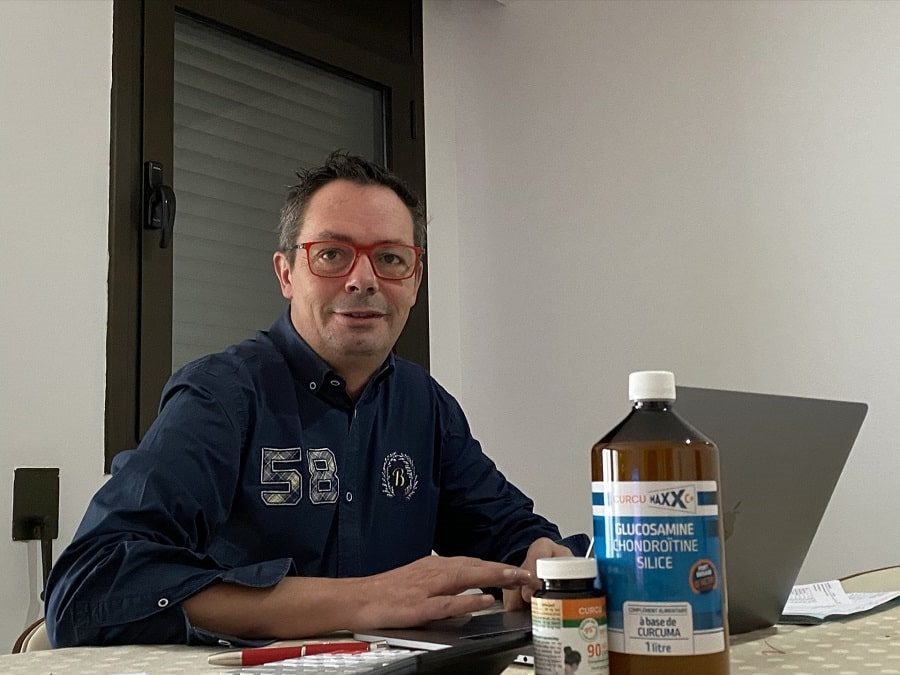 The goal of the Institute for Development and Promotion of Alt Pirineu and Aran (IDAPA), one of the eight territorial functional areas defined in the General Territorial Plan of Catalonia, is to promote the comprehensive socio-economic development of Alta Ribagorça, Alt Urgell, Cerdanya, El Pallars Jussà, El Pallars Sobirà and Aran. Moreover, the IDAPA contributes to the deployment of territorial planning policies of the Generalitat de Catalunya. We spoke with Eva Fiter Cirera, Director of the IDAPA, about the main tourist attractions of this part of Catalonia.
The goal of the Institute for Development and Promotion of Alt Pirineu and Aran (IDAPA), one of the eight territorial functional areas defined in the General Territorial Plan of Catalonia, is to promote the comprehensive socio-economic development of Alta Ribagorça, Alt Urgell, Cerdanya, El Pallars Jussà, El Pallars Sobirà and Aran. Moreover, the IDAPA contributes to the deployment of territorial planning policies of the Generalitat de Catalunya. We spoke with Eva Fiter Cirera, Director of the IDAPA, about the main tourist attractions of this part of Catalonia.
Interview: Irina Rybalchenko
What is the natural and cultural heritage of Alt Pirineu and Aran? What would you advise tourists to visit first?
The best example of our rich natural heritage is the National Park of Aigüestortes and Estany de Sant Maurici. This is the only national park in Catalonia with about 200 lakes and countless streams. It covers Alta Ribagorça, El Pallars Sobirà, El Pallars Jussà and Val d´Aran territories.
Alt Pirineu Natural Park is also the largest in Catalonia, with almost 80,000 hectares. It occupies El Pallars Sobirà and part of the Alt Urgell territories.
And finally, there is the Natural Park of Cadí-Moixeró (it occupies Alt Urgell, Cerdanya and Berguedà territories). Each park has particularities that make it a benchmark in our country and throughout Europe.
As for the cultural heritage of Alt Pirineu and Aran, we have UNESCO Cultural Heritage of Humanity, such as les falles del Pirineu, an ancestral solstice celebration, or els Raiers, a tribute to all the people who, over the years, have devoted their lives to river rafting on wooden rafts. The Romanesque churches and hermitages in the Vall de Boí have also been declared a UNESCO World Heritage Site.
Who finances IDAPA?
The Institute for the Development and Promotion of Alt Pirineu and Aran is an autonomous body of an administrative nature of the Generalitat de Catalunya, created by Law 28/2002. Its goal is to promote Alt Pirineu and Aran. The IDAPA depends on the Department of Territory of the Generalitat of Catalonia. Its annual budget for 2023 is €2.5M.
What are this year’s main sporting, cultural and gastronomic events?
On a cultural level, we have the festival of cultures of the Pyrenees, el Dansàneu a les Valls d’Àneu, or the festival of the ancient music of the Pyrenees, among many others.
At the gastronomic level, we have a lot of fairs, such as the fair of the Pyrenees cheeses Sant Ermengol (la Seu d’Urgell), considered the first documented fair in the Iberian Peninsula, the Pallars terra de corder fair (Tremp), where lamb is the protagonists, as well as les jornades Gastropirineus days. These culinary days connect the mountains…
And finally, there are many different types of outdoor sporting events. This year we have the SKIMO world championship held in the Vall de Boí, trail running, and mountain bike or road cycling races. For example, we have the utrapallars 360, the Milla Vertical d’Àreu, the Val d’Aran by UTMB, and the Cavall dels vents 2023.
In cycling, it is also worth noting the popular Transpyr race, when you cross the Pyrenees. As you can see, there are races almost every weekend. Alt Pirineu and Aran is an ideal location for outdoor sports and the promotion of racing, both locally and internationally.
Is there a support program for local artisan products?
From the side of IDAPA in 2020, the Observatory of the Agro-food Sector of Alt Pirineu i Aran was created. It helps to know the main manufacturers, craft products and support programs.
The rest of the support programs are developed by different departments of the Generalitat de Catalunya, depending on the area. A support program already consolidated in Pallars agri-food sector is the program “Al teu gust” (“To your taste”), as well as “Menja’t at Alt Urgell” (“Eat at Alt Urgell”).
Finally, this year, the Craft Routes of Catalonia project was presented, which became an initiative to promote crafts, culture and tourism. There are nine in Catalonia, and one passes through our territory. This route allows you to discover the local products and crafts of Alt Pirineu and Aran regions and learn about the art of making sheep’s wool and the cultivation of aromatic herbs to make soaps or cosmetic products. You can also visit old iron and coal mines and discover wickerwork made of wood and hazelnuts.
Which brands are the most well-known on the market today?
The most significant cheeses and derivatives are the Cadí brand, recognized throughout the country and beyond. However, many artisanal cheeses are produced in the Pyrenees, and all are registered as trademarks.
Another artisanal product produced in the area is wine. The Pyrenees, particularly the Conca de Tremp, has been a land of wines since Roman times, two thousand years ago.
The vine, which has been one of the main crops along with cereals and olive trees, is today experiencing a resurgence after the misfortune of the phylloxera. The distinctive feature of wines of the Pyrenees is the continental climate, which emphasizes the temperature contrast between day and night.
Craft beer, or Gall Negre, also has its place. There is also ratafia (blackcurrant liqueur), among which the most famous is Licors Portet.
A valuable product in the Pyrenees is meat, used to make xolissos and girella (sausages typical of mountain cuisine).
We could spend hours naming products made in the Pyrenees in an artisanal way. But the important thing is that these products remain and can continue to be made because they have a market share and their recipes are passed down from generation to generation to keep making them.
The IDAPA will allocate 400,000 euros to support the local economy. For which projects exactly?
This line of subsidies, determined by local authorities and non-profit associations in the Alt Pirineu and Aran region, aims to organize fairs and cultural and educational events.
An example mentioned before is les falles, which occur in several places in the Pyrenees. Many fairs are also subsidized, such as the Pirineu Book Fair in Organyà or the Girella Fair at Pont de Suert, recreational events such as the Esbaiola’t Festival at Esterri d’Àneu, the CircCeradanya Festival or the Day of commemoration at Salàs de Pallars.
Support is also given to organizations promoting Iberian culture. Among them is the organization of traditional Aran music and dance and the business association Alt Urgell.
What are your development projects?
We divide our development projects into six axes:
1. Cultural and natural heritage. We support the Network of Museums and heritage facilities of the Alt Pirineu and Aran, we lead the working group of Camins Ramaders de Catalunya, we are part of the Transcabanera and Camí Ramader de Marina project, we collaborate with The Valls d’Àneu Ecomuseum, we participate in the “Pireneus Pilgrimage” project.
2. Innovation. We work with I2Cat to start technological projects. The indoor 5G laboratory in La Seu d’Urgell will be put into operation so that companies can test this technology. We are also collaborating in the Arana (Beret) region as part of a project to install an outdoor 5G antenna. Also, this year, we will conduct three pilot tests with 5G technology in Val d’Aran, Alta Ribagorça and Seu d’Urgell. We also plan to create virtual recreation of works of art in the Diocesan Museum, which are currently in private collections. Finally, we are also working on the digitization project of the Alt Pirineu and Aran Nordic ski resorts, together with Ferrocarrils de la Generalitat.
3. Mobility. We promote the Taula de Camins de l’Alt Pirineu i Aran, betting on slow mobility, with projects such as hiking festivals. At the same time, we also work hand in hand with the General Directorate of Transport and Mobility to implement tariff integration for public transport in the area.
4. Education. We support the master’s degree in Mountain Area Management (Udl), the only one in Spain, and the chair of Education and Intangible Heritage of the Pyrenees (UdL). More locally, we work with the educational resource centers of Alt Pirineu and Aran to promote collaboration between the Pyrenees centers.
5. Housing. The IDAPA promotes the Housing Board of Alt Pirineu and Aran to face challenges such as depopulation and the lack of housing in the mountains. This is a major problem in our field. We also collaborate with the Ramon Muntaner Institute to study abandoned villages in the Pyrenees.
6. Transversal aid. The IDAPA has its own line of subsidies for local development and the promotion of the cultural heritage of Alt Pirineus and Aran. In addition, we help to finance the Escola de Pastores de Catalunya and the Chair Education and Intangible Heritage of the Pyrenees.










